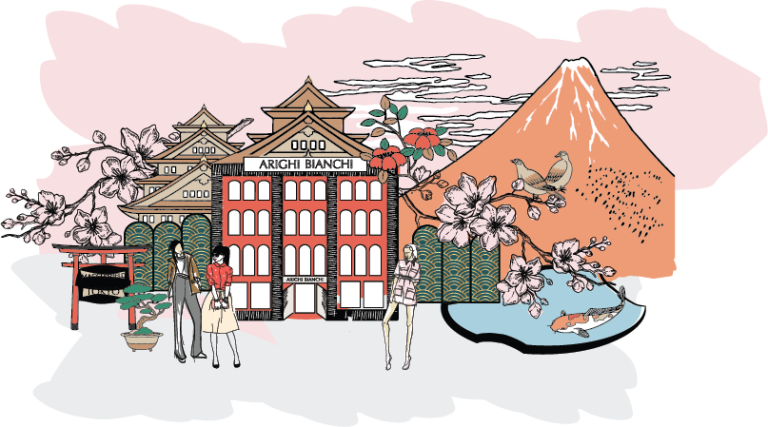The influence of Japan’s timeless design philosophy is inspiring more British homes, blending minimalism, natural materials and a deep-rooted sense of tranquillity.
With Japan welcoming a record-breaking 37 million tourists in 2024, including a surge of British visitors (source: Bloomberg, Jan 2025), the nation’s design ethos is making a bold impact on UK interiors. A weaker yen has made Japan more accessible than ever, drawing design-conscious travellers eager to bring back inspiration from the country’s serene aesthetics, craftsmanship, and mindful living principles.
For years, Japandi – the seamless fusion of Japanese minimalism and Scandinavian simplicity – has dominated interiors. But now, British homes are embracing a wider spectrum of Japanese design influences, moving beyond muted palettes and sleek silhouettes to celebrate wabi-sabi textures, Zen-inspired layouts, and the vibrant energy of Tokyo’s neon-lit cityscapes.

Why is Japanese Design Trending in the UK?
Sarah Bianchi, CEO of Arighi Bianchi, one of Britain’s most established furniture and interiors brands, recently toured Japan to explore its evolving design trends:
“Japanese interiors are more than just an aesthetic – they’re a lifestyle choice. They embody simplicity, functionality, and a deep harmony with nature. The focus is on mindful living, where every piece has a purpose, and spaces are designed to promote balance and serenity.
“As UK homeowners move towards calmer, clutter-free spaces, these key elements of Japanese design are set to define interiors in 2025 and beyond.”
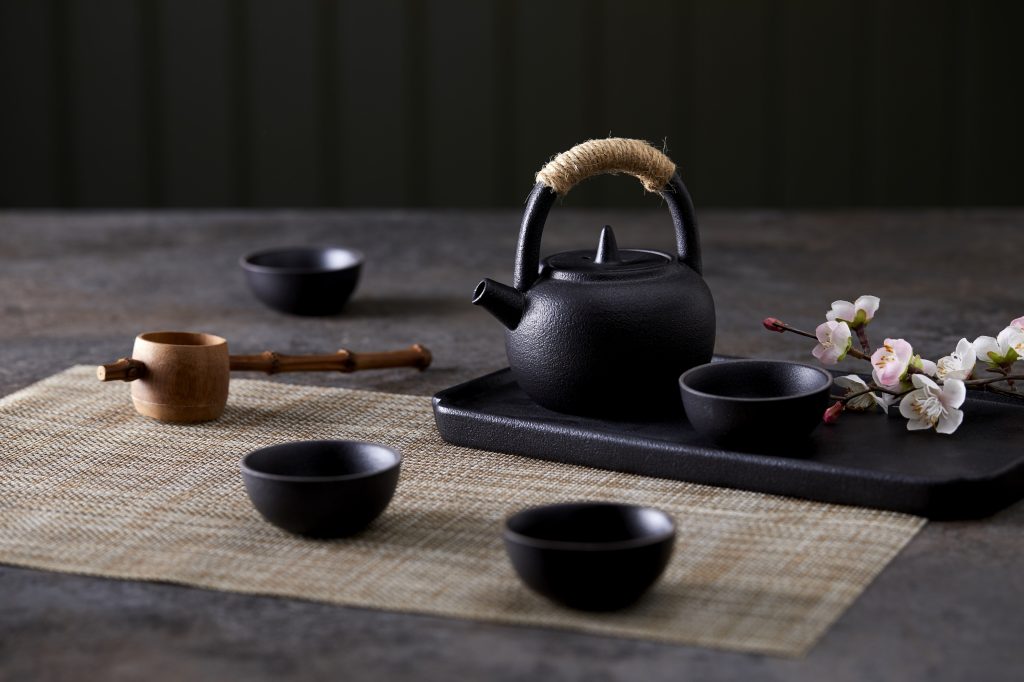
How to bring Japanese elegance into your home – a designer’s guide
Lucy Mather, design lead at Arighi Bianchi, says:
“There’s something undeniably calming about Japanese interiors. They’re not just about aesthetics – they represent a way of life, a philosophy rooted in simplicity, nature, and mindfulness. As an interior designer, I’ve seen a growing desire to embrace this approach in UK homes, moving beyond Japandi minimalism to a deeper, more authentic connection with Japanese design.
“So, how do you bring this effortless elegance into your home? It’s not about following rigid rules but understanding the essence of Japanese interiors: balance, restraint, and harmony with nature.”
Less, But Better: The Beauty of Minimalism
One of the biggest shifts I encourage clients to make is moving away from over-styled, cluttered spaces. Japanese design is about intentional simplicity – every piece in a room should serve a purpose. Instead of filling your home with ‘stuff’, focus on quality over quantity.
Low-profile seating, built-in storage, and adaptable furniture (like a simple oak side table that also works as a stool) create flexibility without excess. Materials are just as important – wood, bamboo, and stone bring warmth and authenticity, while soft beiges, muted greys, and earthy browns create a soothing backdrop. If you want contrast, think black wood finishes or deep red accents rather than loud colours. The goal is a space that feels effortless, uncluttered and timeless.
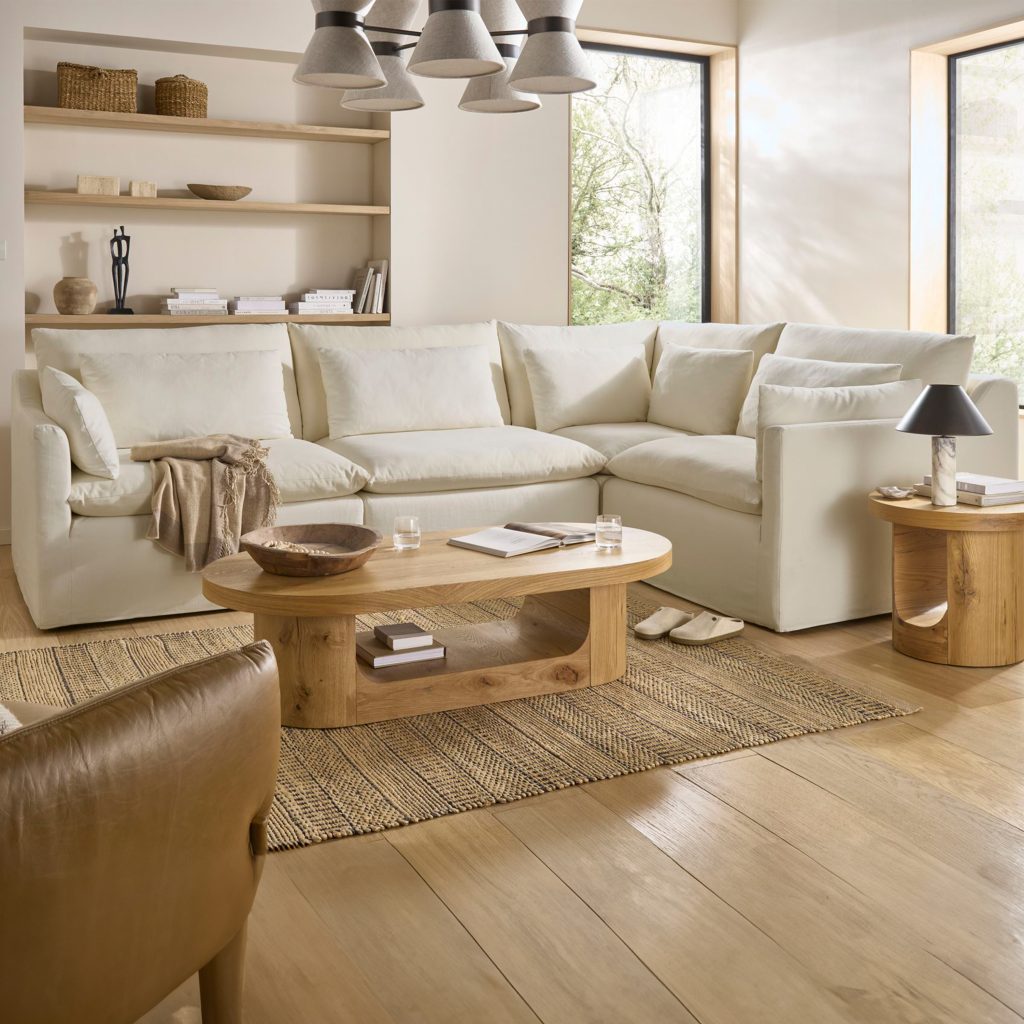
Thoughtful Lighting
Lighting in a Japanese-inspired space isn’t just functional – it’s atmospheric. The right lighting creates depth, enhances textures, and influences mood. Rather than harsh overheads, layer your lighting.
Paper and wicker lanterns diffuse light beautifully, casting warm, soft glows that transform a space from stark to cocooning. Low-hanging pendant lights work well over dining areas, and if you have the luxury of large windows, let natural daylight take centre stage. Soft linen curtains or wooden slatted blinds help control brightness without shutting the world out.
Blossoms and Botanicals
If there’s one non-negotiable in Japanese interiors, it’s a connection to nature. But this doesn’t mean turning your home into a jungle, it’s about thoughtful curation.
A bonsai tree in the corner, oversized potted greenery, or a delicate arrangement of cherry blossom branches creates a focal point while keeping things serene.
Tatami mats, shoji screens, and natural wood panelling add organic texture, making a room feel grounded and tranquil. Even stone, whether in the form of a small Zen Garden or an elegant sculpture, adds a touch of raw, elemental beauty.
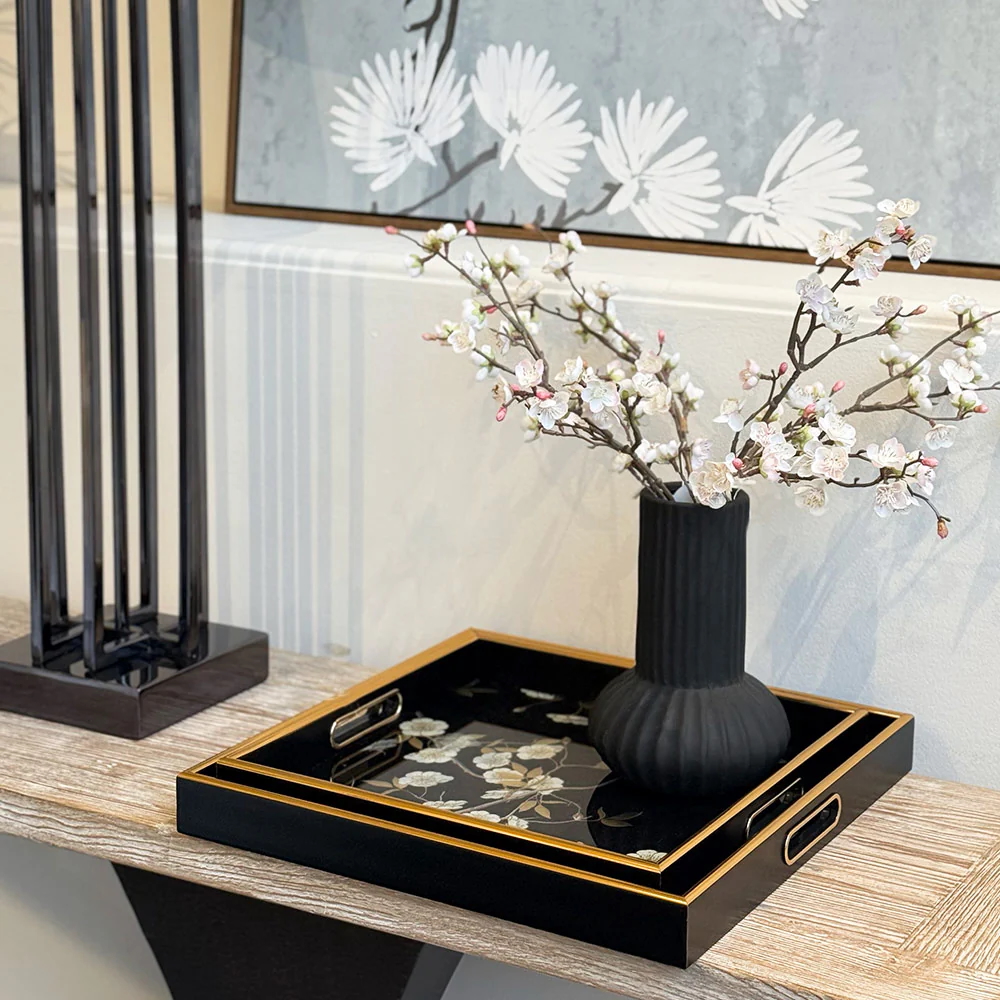
The Wabi-Sabi Way: Finding Beauty in Imperfection
One of the most beautiful aspects of Japanese design is wabi-sabi, the philosophy of embracing imperfection and transience. This is where you can break away from the idea of ‘polished perfection’.
Hand-thrown ceramics with uneven edges, linen cushions with slightly crumpled textures, and weathered wooden furniture bring a space to life. Mixing old and new – perhaps a contemporary black sideboard with a vintage Japanese vase – adds character and soul. It’s about creating a space that feels lived-in, effortless, and personal.
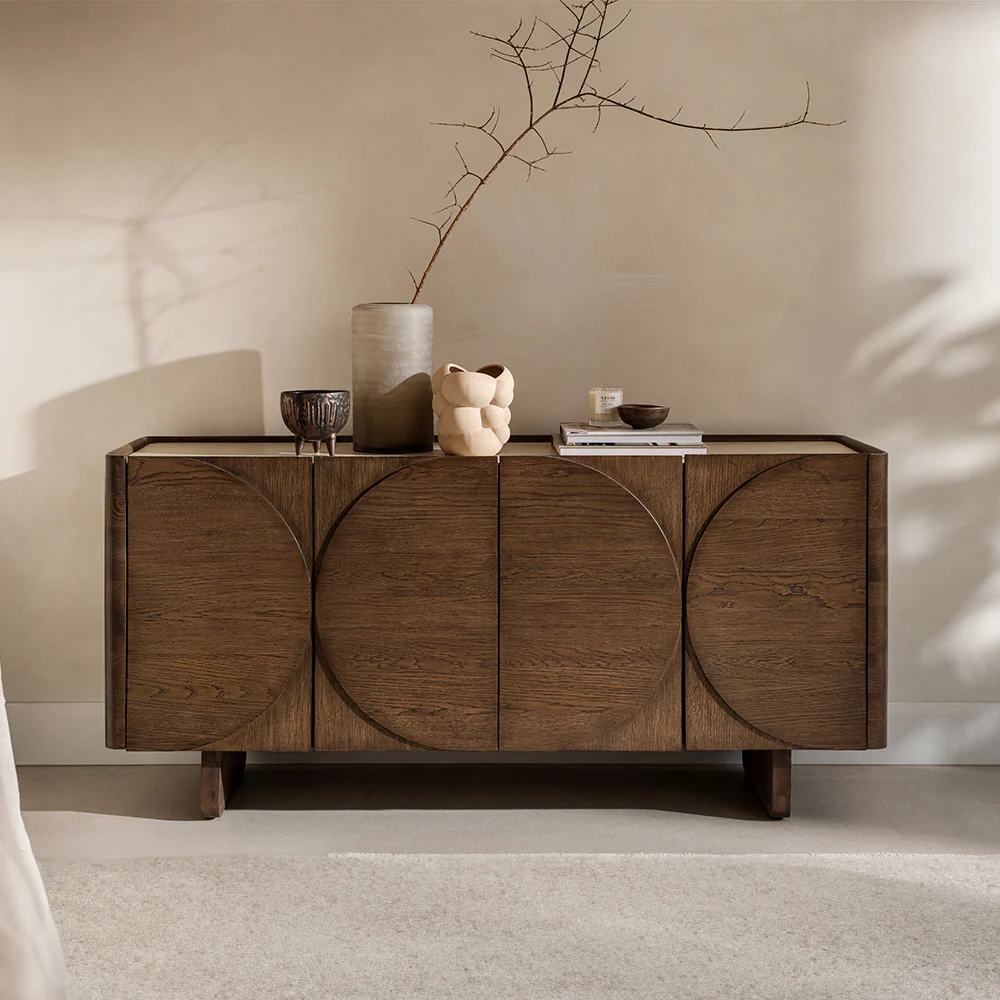
Tokyo Energy: A Modern Contrast
Not all Japanese interiors are muted and Zen-like. Japan is also home to bold, futuristic design, and Tokyo’s neon-lit streets are influencing interiors in an unexpected way.
For those who love a more graphic, contemporary aesthetic, touches of neon and LED lighting can create a striking contrast. Think statement neon artwork, graphic prints, or sleek black furniture with calligraphy-inspired designs. Pair these with minimalist layouts and organic textures to stop the space from feeling too high-tech. It’s a balance between the ancient and the ultra-modern, something Japan does so well.
A Sanctuary for the Senses: Zen Bathrooms & Wellbeing Spaces
Japanese interiors aren’t just about how a space looks, they’re about how it feels. The concept of a home as a retreat is particularly powerful in the bathroom, where Japanese design principles can transform a basic space into a wellness sanctuary.
Freestanding soaking tubs, open-plan wet rooms, and natural materials like hinoki wood create an atmosphere of calm. Layer in soft lighting, scented candles, and matcha-infused fragrances, and you have a bathroom that feels more like a spa. The Japanese believe in the ritual of bathing as a form of self-care, and there’s something incredibly grounding about embracing this in your own home.
A Mindful Home is a Beautiful Home
Japanese design is more than a style. It’s a mindset that encourages you to live with less, invest in quality, and create spaces that nurture peace and balance. Whether you’re drawn to natural simplicity, wabi-sabi imperfection, or a bold Tokyo-inspired edge, the key is to be intentional.
Postcards From Japan: Arighi Bianchi’s New Design Chapter
As a heritage brand with a 170-year legacy, Arighi Bianchi continues its tradition of blending global influences with timeless craftsmanship.
Postcards from Japan, the latest chapter in its destination-inspired campaign, celebrates the fusion of Japanese and European design, bringing the serenity, craftsmanship, and soul of Japanese interiors into UK homes.
With a growing appetite for mindful, sustainable, and design-forward living, it’s clear: the Japanese aesthetic isn’t just a trend—it’s a lifestyle movement.
Visit www.arighibianchi.co.uk to find out more.


